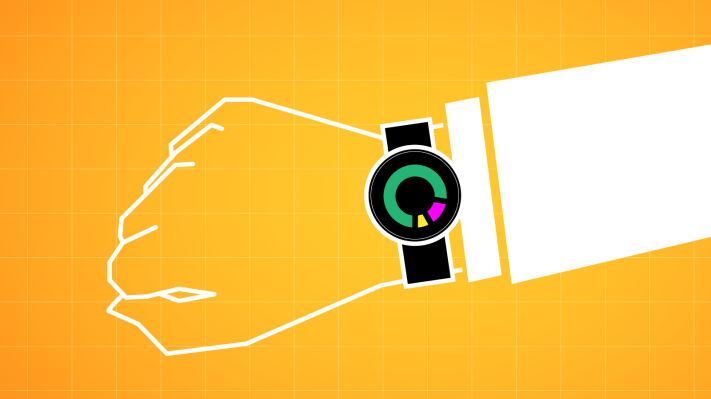If I had to give companies looking to enter the smartwatch space in 2017 one piece of advice, it would be, simply: don’t. Failing point one, due to investor pressure or the spirit of a long dead financial partner’s ghost visiting you in the night, seriously consider building your own operating system for the thing.
It sounds like a few extra steps and a whole lot of trouble, but with Android Wear 2.0 out in the wild for a couple of months now, I’m finding it hard to come up with compelling reasons to get on board with Google’s wearable operating system. And a number of smartwatch makers seem to have arrived at the same conclusion.
Take the Leap Ware announced by Acer today. The company made no mention of the underlying operating system, but after some pressing, I got the company to admit that it was something it had built in house.
Details beyond that are still pretty scarce, but it echoes similar announcements from companies like Fitbit, which is currently in the process of building a new watch. Though in that case, the company didn’t build its own OS from scratch. Instead it went ahead and did the next best thing: buying a struggling competitor that had already done the hard work for it.
It’s pretty widely accepted that the wearable space broadly – and the smartwatch segment specifically – is a hot mess at the moment. Year-end numbers from IDC point to a dip in the smartwatch market, due to a confluence of factors. One of the shared factors among those companies that are doing reasonably well in the space is proprietary software.
Apple built its own OS from the ground up because, well, it’s Apple, and that’s what Apple does. The company has always seen a benefit in software designed for specific hardware. It’s a harmony that works well on the Apple Watch and one that certainly has benefits as part of the company’s larger overall software ecosystem.
Garmin, which has experienced a reinvigorated new life as a wearable manufacturer, has also seen the benefit of designing its own software, allowing the company to tailor its software experience to the wants and needs of the specific audience it targets. Rather than take a broader populist approach, the company has found success in creating devices specifically with an outdoorsy/sporty audience in mind, holding true to its GPS roots.
Heck, even Samsung’s gone in that direction. Granted, Tizen wasn’t created specifically by the company for its watches, but it certainly made the operating system its own as it opted it for the Gear line after jumping off the Android Wear train.
The issue with a universal smartwatch operating system as it currently stands is that manufacturers just have too hard a time distinguishing themselves. I try on a lot of different smartwatches, and it’s pretty tough to tell one from the next. Even after a couple of years on the market, manufacturers are still facing an uphill battle convincing mainstream consumers that they need such a device in their life. When you add a device with few distinguishing characteristics in the mix, the fight to stand out becomes that much more difficult.
When it arrived earlier this year after much delay, Android Wear 2.0 was a disappointment. Google, which spends so much of its time leading the way, was simply playing catch up. And the hardware we’ve seen in the months since haven’t done much to change that perception. It’s too early to declare the OS dead in the water – keep in mind that Android itself wasn’t exactly a screaming success when it first launched.
Don’t launch a new smartwatch. But if you do, make sure you’re bringing something unique to the category. Something that goes beyond simply adding a heart rate monitor. And if you can come up with a compelling enough feature to set it apart, odds are consumers won’t find a compelling enough reason to buy it. There’s no such thing as a one-size-fits-all wearable
